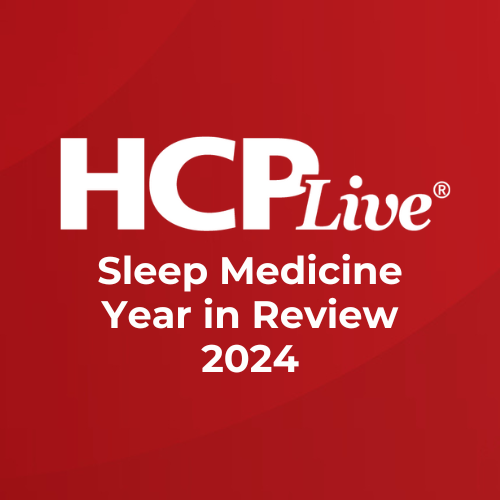Article
Upper Airway Stimulation Effective in OSA in Children with Down Syndrome
Author(s):
Upper airway stimulation was initially shown to be effective in adults with obstructive sleep apnea.
Phoebe K. Yu, MD, MPH

A new investigation into upper airway stimulation found that the therapy appeared to be safe and effective in adolescents with Down syndrome and severe persistent obstructive sleep apnea (OSA) who were unable to tolerative positive pressure.
Previous research indicated that patients with Down syndrome had increased incidence of persistent OSA. However, few treatment options are available for adolescent populations.
Notably, upper airway stimulation had been shown to be effective in adults with OSA.
As such, investigators led by Phoebe K. Yu, MD, MPH, Department of Otolaryngology at Massachusetts Eye and Eye in Boston, evaluated the safety and effectiveness of the therapy in adolescent patients with Down syndrome and severe OSA.
The team identified eligible participants via participating physicians in otolaryngology, sleep, and Down syndrome clinicals, and written informed consent was obtained by parents or legal guardians of patients 18 years or older.
Age, sex, and body mass was measured at baseline, and patients who did not have a polysomnogram in the 6 months leading up to enrollment underwent polysomnograpgy at baseline.
Eligible participants underwent drug-induced sleep endoscopy with either propofol and/or dexmedetomidine, and the velum, oropharynx, tongue base, epiglottis (VOTE) classification scheme was used to score the examination.
Videos of the drug-induced sleep endoscopy would be reviewed from 3 of the investigators for the exclusion process.
From there, eligible patients received a hypoglossal nerve stimulator implant, and nerve stimulators were activated one month after the implant in the clinic and subsequently turned off.
Follow-up polysomnograms were obtained at 2, 6, and 12 months, with the first 2 follow-ups being completed as titration studies.
Primary outcomes included the safety and the change in AHI from baseline to 12 month post-operatively.
Of the 67 patients screened, 42 patients were enrolled in the study and 28 were male patients. The mean age of these patients was 15 years with a mean decrease in AHI of 12.9 events/h.
Investigators observed a 50% decrease in AHI with the use of a therapy response definition, in addition to the 12-month response rare being 655.9%. Furthermore, 73.2% of patients had a 120month AGI of less than 10 events/h.
Common but temporary complications included tongue or oral discomfort or pain that occurred in 11.9% of patients, and the reoperation rate was 4.8%.
Meanwhile, the mean improvement in the OSA-18 total score was 34.8, and the mean improvement in the Epworth Sleepiness Scale score was 5.1 (6.9). The mean (SD) duration of nightly therapy was 9.0 (1.8) hours, with 40 patients (95.2%) using the device at least 4 hours a night.
“These results highlight the importance of OSA treatment for children with Down syndrome and suggest that it can play a role in mediating neurocognition,” the team wrote. “Future studies are needed to assess the association of upper airway stimulation with cognition in children with Down syndrome.”





